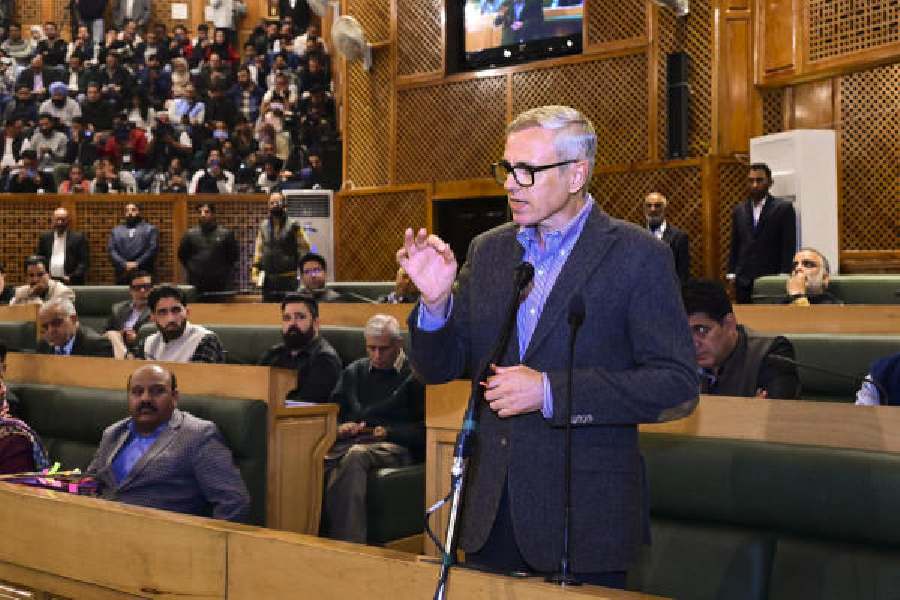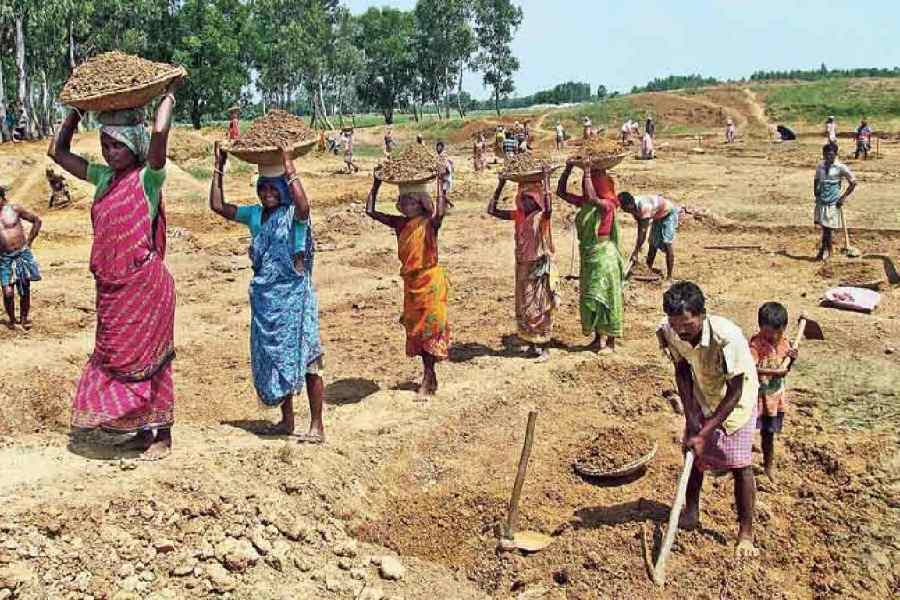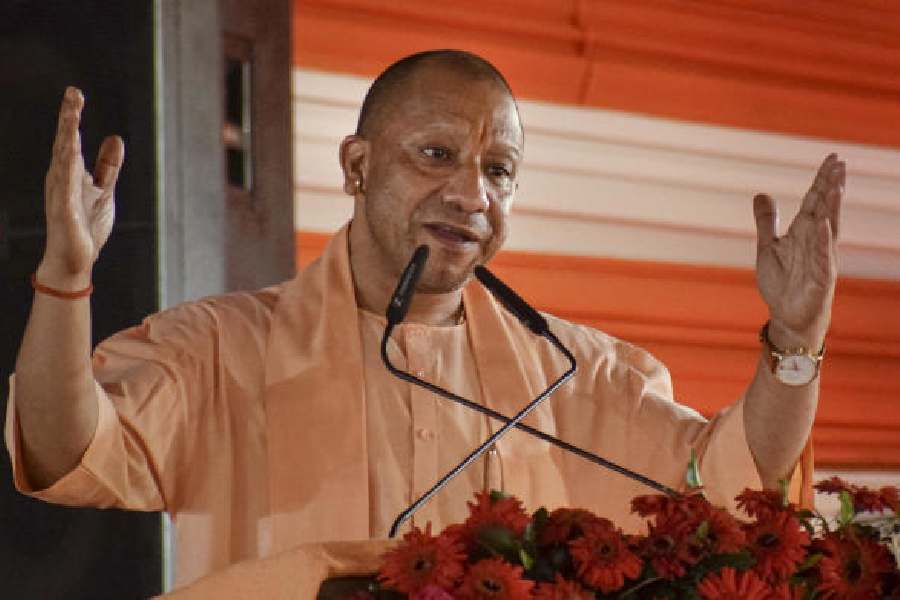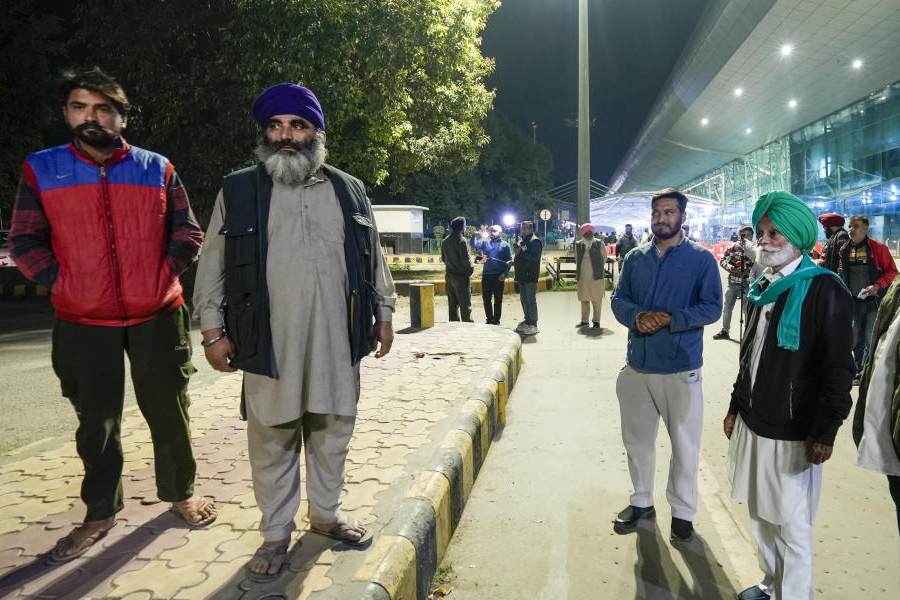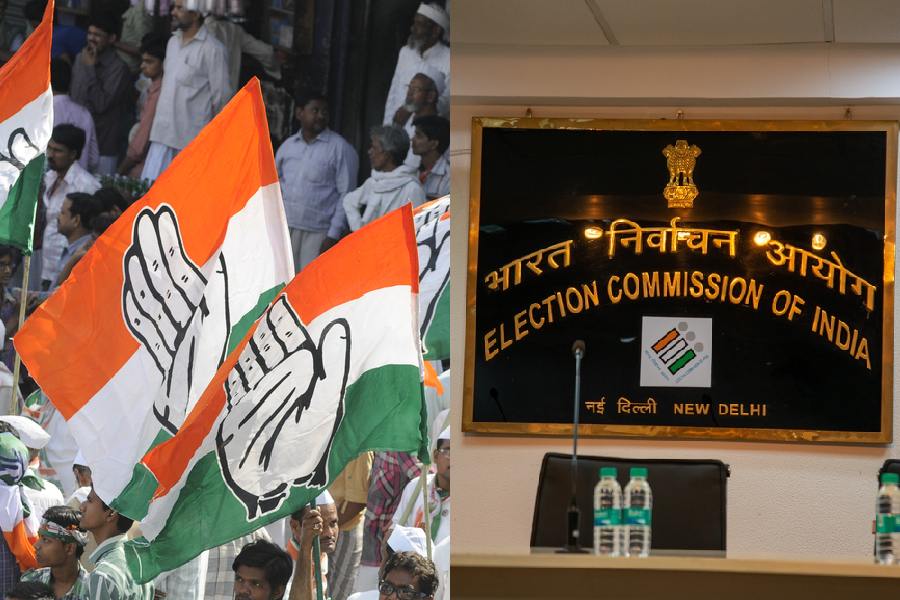The United States of America is off the hook: China has overtaken the US to become the world’s biggest emitter of carbon dioxide. From now on, China will be the main target of the criticism that used to be directed at the US for refusing to accept binding limits on its greenhouse gas emissions.
What’s striking is the speed with which China has passed the US. In 2005 its carbon dioxide emissions were two per cent lower than that of the US; in 2006 they were eight per cent higher. Yet China only has four times the population of the US, and the average Chinese is nothing like a quarter as rich as the average American. In fact, the vast majority of Chinese don’t even own cars. So why does China produce so much carbon dioxide?
One reason is cement. The pace of building in China is so intense that the country produces 44 per cent of the world’s cement (the US produces 4 per cent), and cement production is a major source of greenhouse gases. The main culprit, however, is coal, which accounts for 70 per cent of China’s energy consumption.
China already burns more than twice as much coal as the US, and almost as much as everybody else in the world combined. In the race to keep up with soaring energy demand, it is building 550 new coal-fired power stations, and nobody has the time to experiment with clean-burning coal technologies that are still new even in the West. So China’s emissions will continue to race ahead of everybody else’s.
But climate change will affect the lives of ordinary Chinese people, and the government and the experts know it. One government study last year predicted a 37 per cent fall in crop yields within the next fifty years if current trends persist. Since we may assume that climate change will have comparable effects elsewhere, and that even a rich China will be unable to make up the shortfall by importing food, that prediction implies mass starvation. Don’t they care?
Pay them or suffer
Of course they care, but they are in a high-stakes poker game and they cannot afford to blink. There is going to have to be a global agreement on curbing greenhouse gas emissions within the next five to ten years or the world faces runaway climate change.
Put yourself in China’s shoes. Five hundred years ago, average incomes in Europe, India and China were about the same. Then the Europeans got the jump on everybody else technologically, grew unimaginably rich and powerful, and conquered practically the whole world. They also industrialized, and for two hundred years it was their industries, their cities, their vehicles that poured excess carbon dioxide and other greenhouse gases into the atmosphere. Now the rich countries are willing to curb their emissions — but they can easily afford to, because they are already rich and bound to remain so.
Whereas if China imposes the same kind of curbs on its emissions, then it will not become a country where most people are prosperous and secure in this generation, or perhaps forever. So the deal must be that they get to keep on growing fast, and the rich countries take the strain.
There are two main ways for the developed countries to take the strain. One is to cut their own emissions, leaving some room for the developing countries to expand theirs. The other is to pay directly for cuts in the emissions of the developing countries: pay them to adopt clean-burning coal technologies, pay them to build renewable energy sources, pay them not to cut the rain-forests down. Pay them quite a lot because otherwise we all suffer.
The developing countries will never get that deal unless they demonstrate that they are unwilling to curb their emissions without it. That is what they are doing at the moment, and it’s not actually a poker game at all. It is a game of chicken.


